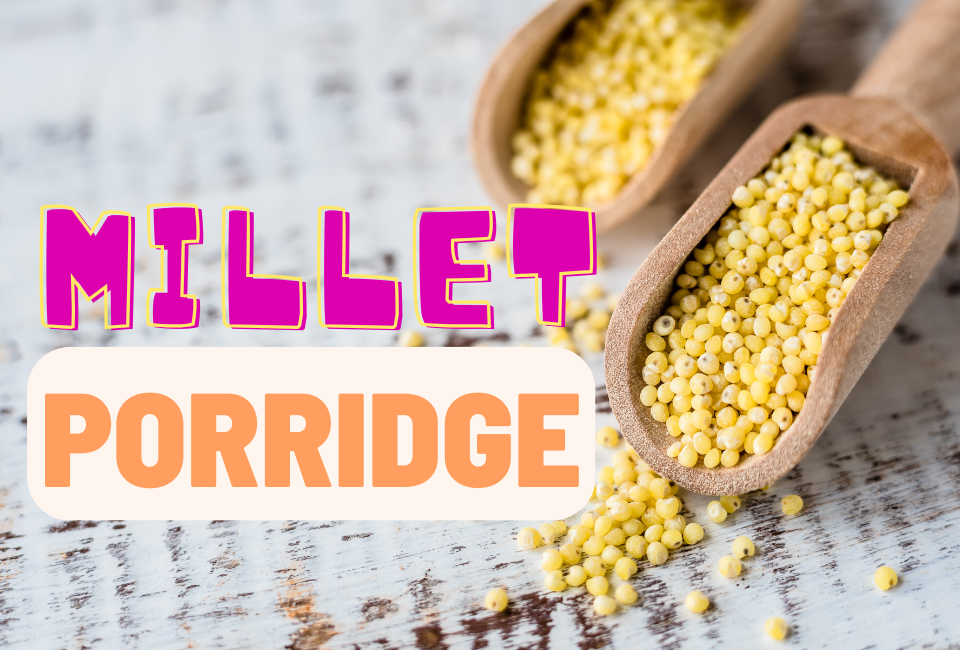
Introducing new grains to your baby’s diet is an exciting milestone, and millet porridge for baby is a wonderful option! Millet is a gluten-free, nutrient-packed grain that’s easy to digest and full of vitamins and minerals. This recipe is simple to prepare, and the mild flavor makes it perfect for babies just starting solids. You can also easily customize it with fruits or spices for added variety.
When to Introduce Millet into Baby Diversification
Millet can be introduced to your baby’s diet around 6 months, when they are ready to begin solids. As with any new food, start with a small amount and observe for any signs of allergies. Millet is a great first grain to try since it’s easy to digest, gentle on the stomach, and naturally gluten-free. Always consult with your pediatrician if you have any concerns about introducing new foods.
How to Serve Millet For Baby at 6, 9, and 12+ Months
Millet porridge can be adapted to your baby’s developmental stage:
- At 6 Months: Begin with a smooth millet porridge. You can puree it with some breast milk, formula, or water to ensure a smooth consistency. Start with a simple, single-grain meal to avoid overwhelming your baby.
- At 9 Months: By now, your baby may be ready for more texture. You can leave the porridge slightly chunkier or mix it with mashed fruit or vegetables. Serve it as finger food by adding pieces of soft-cooked millet mixed with fruit or veggies.
- At 12+ Months: Your baby can now enjoy millet in a more varied way. You can serve it as a thick porridge, add a bit of spice like cinnamon or cardamom, or even form millet patties. You can also serve millet as part of a mixed meal with proteins like lentils or chicken.
Nutritional Benefits of Millet Porridge for Baby
Millet is a powerhouse of nutrients, making millet porridge for baby an excellent choice for your little one’s diet. Here are some of the key nutritional benefits:
Rich in Protein: Millet is a good source of plant-based protein, which is vital for your baby’s growth and muscle development.
Gluten-Free: As a naturally gluten-free grain, millet is ideal for babies who are sensitive to gluten or have celiac disease.
High in Fiber: The fiber content in millet helps support healthy digestion, keeping your baby’s tummy happy.
Packed with Minerals: Millet is rich in essential minerals like magnesium, iron, and zinc, which support healthy bones, blood circulation, and overall immune function.
Supports Brain Development: The healthy fats and B-vitamins in millet contribute to your baby’s brain development.
How to Store Millet Porridge for Baby
You can store leftover millet porridge for baby in an airtight container in the refrigerator for up to 2 days. When reheating, add a little extra water or milk to achieve the desired consistency. Gently warm it on the stove or microwave and stir before serving.
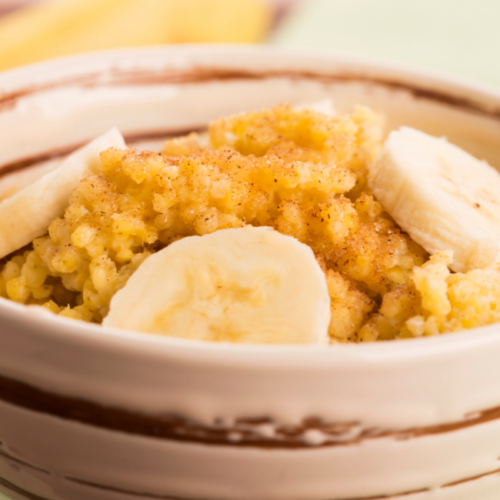
Millet Porridge for Babies 6+ Months
Ingredients
- 1/4 cup millet
- 1/2 cup water or breast milk/formula, if preferred
- 1/4 cup coconut milk or any dairy-free milk optional for creaminess
- 1/2 small ripe banana for sweetness, optional
- 1/4 teaspoon ground cinnamon optional
- A pinch of salt optional
Instructions
- Start by rinsing the millet under cool water in a fine mesh strainer to remove any impurities or dust. This will help improve the texture of the porridge.
- In a small saucepan, add the rinsed millet and water (or breast milk/formula if you’re using it). Bring to a gentle boil over medium heat, then reduce the heat to low. Let it simmer for 15-20 minutes until the millet is soft and fully cooked, absorbing most of the liquid.
- If you prefer a creamier texture, add coconut milk or any dairy-free milk of your choice during the last 5 minutes of cooking. Stir to combine and allow it to cook gently.
- While the millet is cooking, mash the ripe banana in a separate bowl. You can mix this into the cooked millet for natural sweetness, or you can serve it as a topping.
- If you like, stir in ground cinnamon for a mild, comforting flavor. The cinnamon adds a touch of warmth and is great for babies.
- Once the millet porridge reaches a soft, creamy consistency, allow it to cool slightly before serving. If the porridge is too thick, you can add a little more milk or water to thin it out.
Additional Tips:
Texture Adjustments: If your baby is new to solids, you can blend the millet porridge to a smoother consistency. For older babies, leave it a little chunkier to encourage chewing.
Sweeten Naturally: The banana provides natural sweetness, but you can also experiment with adding other soft fruits like applesauce or pear puree.
Introduce Spices Gradually: If your baby is ready for mild spices, cinnamon is a great option. You can also try a pinch of nutmeg or cardamom for a unique flavor profile.
Meal Variations: For variety, you can add soft-cooked vegetables like sweet potatoes or carrots to the porridge to boost the nutritional value.
How Else Can You Cook Millet for Baby?
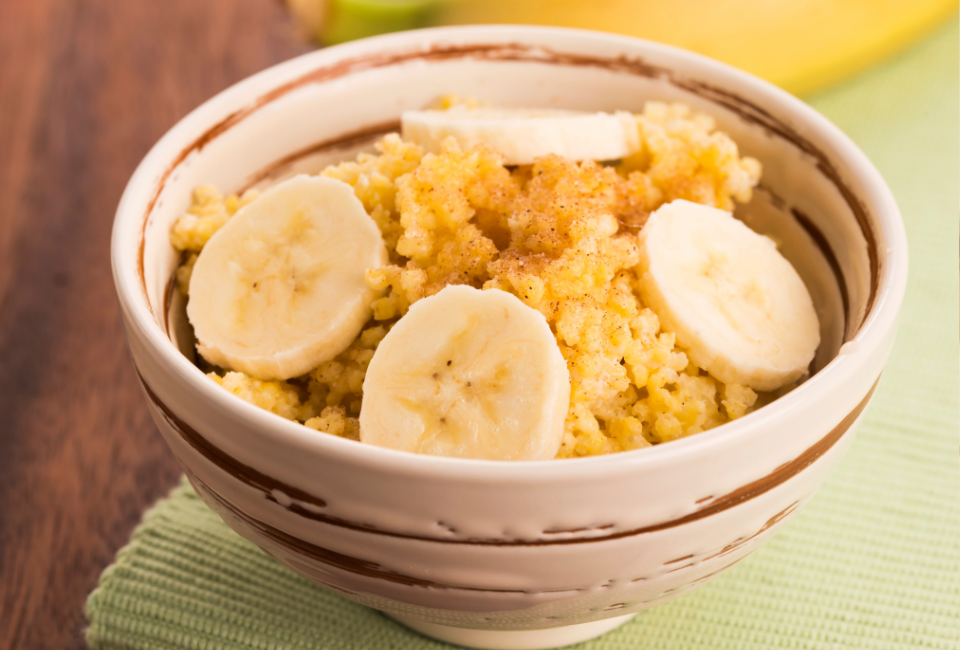
Millet is a versatile grain that can be prepared in various ways to suit your baby’s growing tastes. Here are a few ideas for different millet-based meals:
- Millet Porridge with Fruit: Add mashed or pureed fruits such as apples, pears, or berries to the cooked millet for added flavor and nutrients.
- Millet and Vegetable Mash: Mix cooked millet with soft vegetables like sweet potato or carrots. This can be a savory meal option for your baby.
- Millet Patties: For older babies, you can make millet patties by combining cooked millet with finely chopped veggies, forming small patties, and lightly frying or baking them.
Millet can be incorporated into breakfast, lunch, or dinner, making it an incredibly versatile option for baby-led weaning or pureed meals.
Key Takeaways:
Millet is a Nutritious First Food: Millet porridge is a great choice for babies starting solids. It’s gluten-free, easy to digest, and packed with protein, fiber, and essential minerals like iron and magnesium.
Perfect for Customization: You can personalize millet porridge for baby by adding fruits, vegetables, or mild spices like cinnamon. This versatility helps you introduce a variety of flavors to your baby’s diet.
Suitable for Different Stages: Millet can be served differently based on your baby’s age:
- 6 Months: Smooth, pureed porridge.
- 9 Months: Slightly chunkier texture, mixed with fruits or vegetables.
- 12+ Months: More variety, including millet patties or mixed with other foods like lentils or chicken.
Easy to Make: The recipe is quick and simple, requiring minimal ingredients, making it a stress-free meal option for parents.
Storage and Freezing Tips: Leftovers can be stored in the refrigerator for up to 2 days or frozen for longer storage, making it convenient for busy days.
Millet’s Versatility: Millet can be used in a variety of ways for baby food, including as a porridge, veggie mash, or even as patties once your baby is ready for finger foods.
When to Introduce: Millet is ideal to introduce around 6 months as part of baby’s solid food diversification. Always check with a pediatrician if unsure about timing or food allergies.
Whether you’re introducing millet for the first time or looking for a new porridge idea, this recipe is a simple and healthy choice for your little one.
Have you tried millet porridge for baby before? How did your baby like it? Share your thoughts or any variations you’ve tried in the comments below—I’d love to hear your experiences!
FAQ:
1. Can I use other grains instead of millet for this recipe?
Yes, you can substitute millet with other grains like rice, oats, or quinoa. Just adjust the cooking time and liquid accordingly.
2. How can I make millet porridge sweeter for my baby?
You can naturally sweeten the porridge with fruits like mashed banana, applesauce, or pear puree. Avoid adding any sweeteners like honey before your baby is 1 year old.
3. Is millet porridge suitable for babies under 6 months?
This recipe is best for babies who are at least 6 months old and have started solids. Always check with your pediatrician before introducing new foods.
4. Can I freeze millet porridge for baby?
Yes, you can freeze millet porridge in individual portions. Just make sure to store it in an airtight container, and reheat it thoroughly before serving.



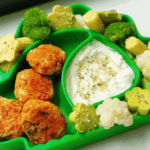
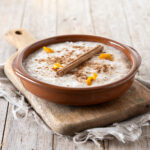

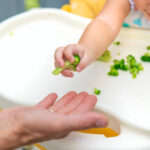



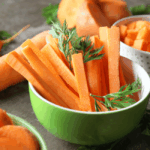


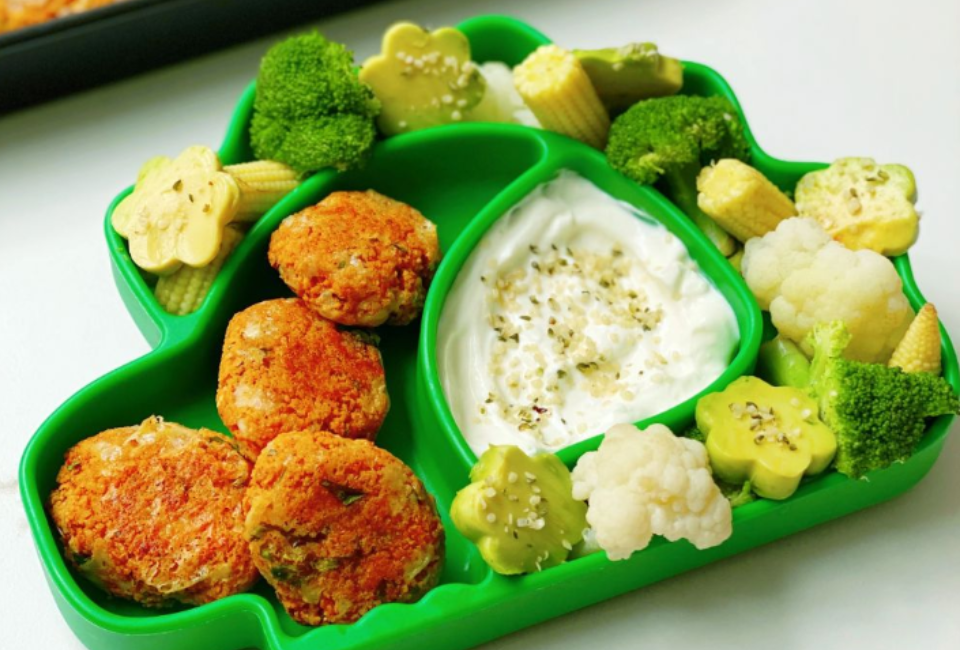
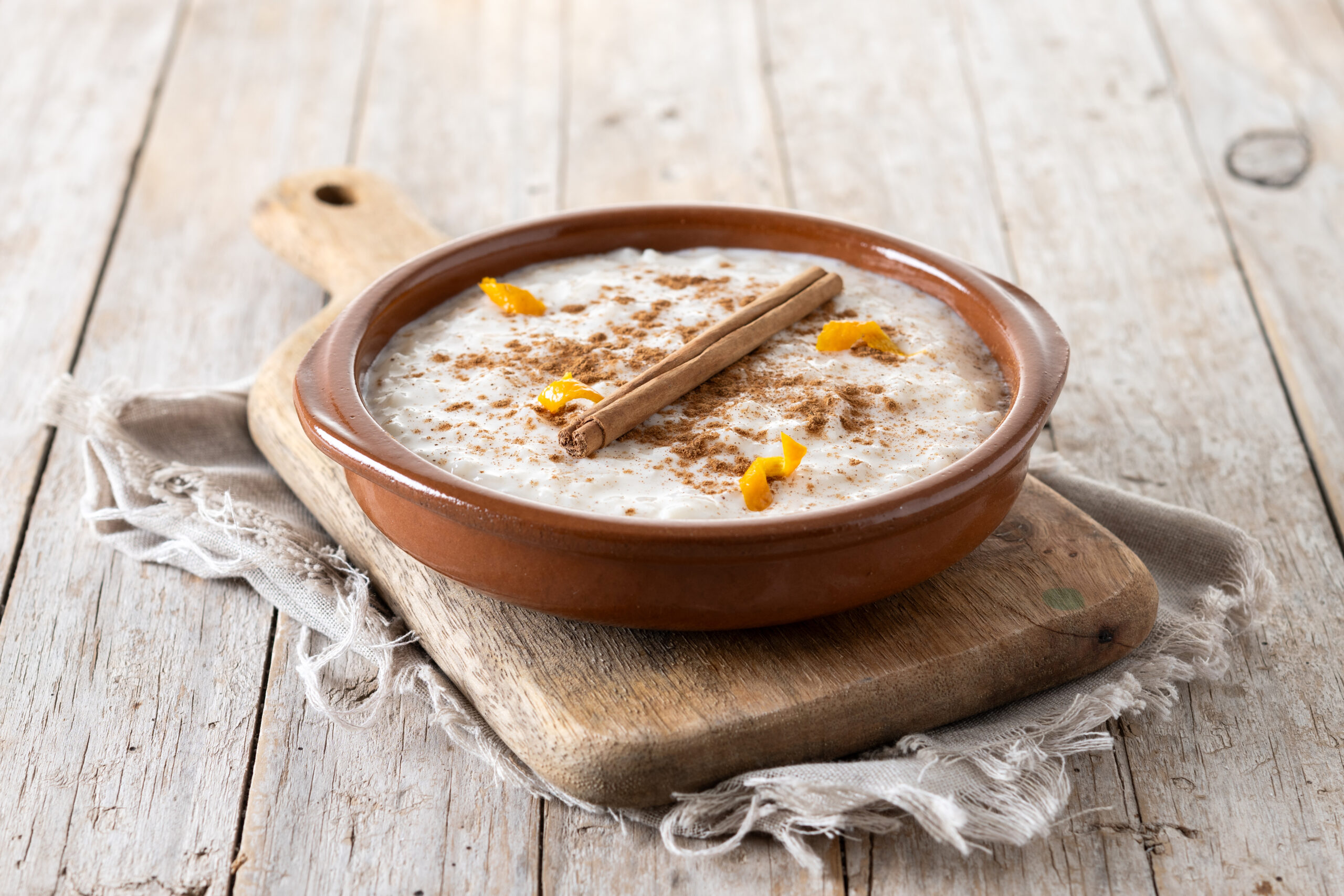
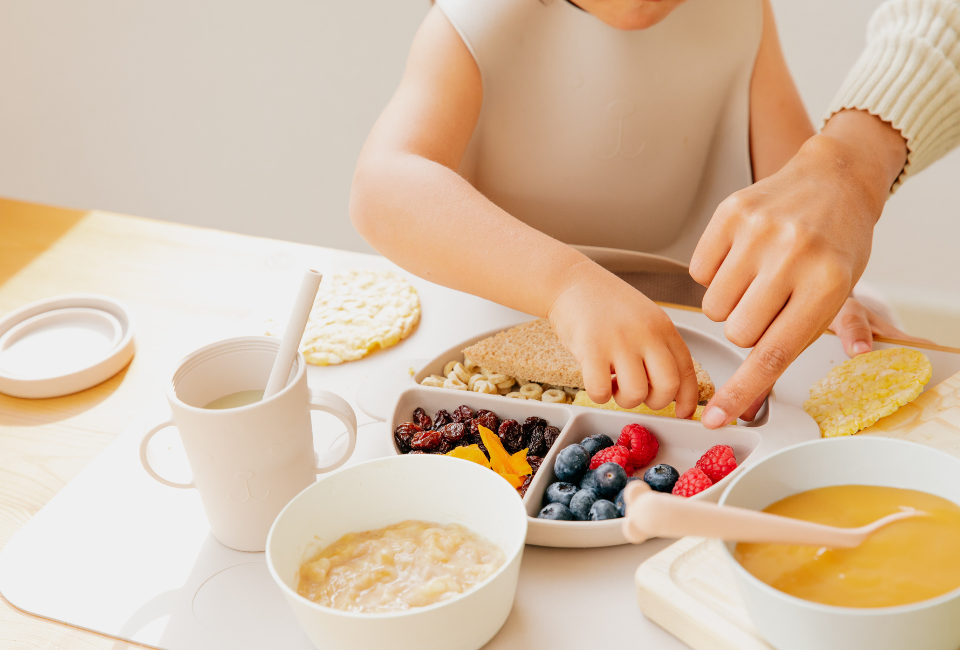
Leave a Reply